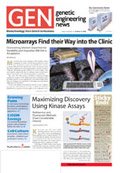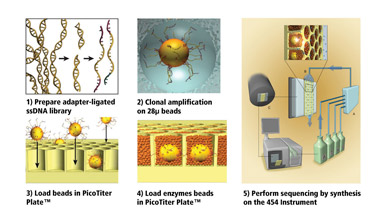 Animals that glow in dark
Animals that glow in dark
South Korea scientists have successfully cloned cats that glow in dark. It was announced last December.
This may be the fluffiest, freakiest thing since Alba, the green fluorescent bunny from artist Eduardo Kac.
South Korean scientists tinkering with fluorescence protein genes say they have bred white Turkish Angora cats to glow red under ultraviolet light.

The pair of cats cloned from a mother's altered skin cell are nearly a year old. The researchers told the AFP that their work could help unravel mysteries of some 250 genetic diseases suffered by both humans and cats. The findings also could be used to clone endangered tigers, leopards, and other animals, the report said.
However, it's unlikely that such psychedelic-looking cats would come to pet stores anytime soon. Debates about the ethics and safety of concocting cloned and transgenic animals continue to rage.
This is no longer a new to us. Amongst the animals that glow-in-darks using GFP technology are as below:

Pigs - Taiwan (Jan 2006)
National Taiwan University cloned 3 pigs which are green inside out inclusive their internal organs.

Rabbit (named Alba) - French 2001
Fluorescent jellyfish called Aequorea victoria gene (EGFP - enhanced Green Fluorescent Protein) was zygote microinjection into fertilized rabbit eggs.

Zebrafish - Japan 1997







